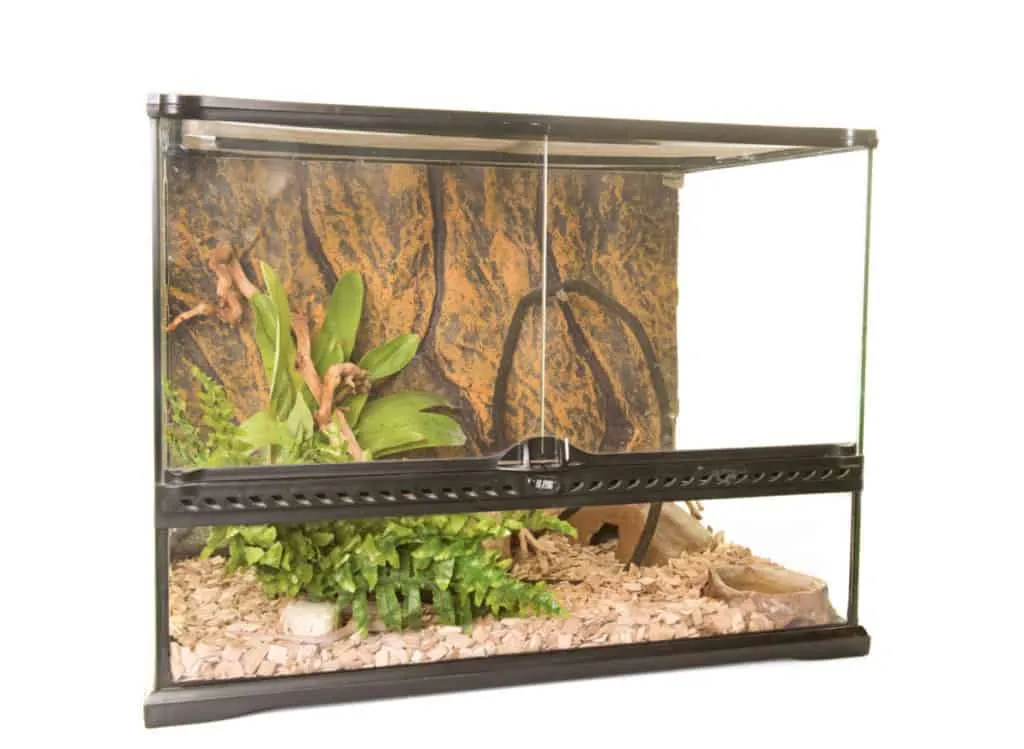Top 5 Tarantula Enclosures An Overview
Choosing the right enclosure is a critical decision for any tarantula owner. The ideal habitat provides safety, security, and the right environmental conditions for your eight-legged friend to thrive. With the wide array of options available, selecting the best tarantula enclosure can seem overwhelming. This guide will break down the top 5 picks, providing insights to help you make an informed decision and ensure your tarantula lives a long, healthy, and fulfilling life. We’ll explore different enclosure types, from glass to acrylic and plastic, discussing their pros and cons to help you find the perfect home for your pet.
Why Proper Enclosure Is Crucial
A well-designed enclosure is more than just a container; it’s a carefully crafted environment that mimics the tarantula’s natural habitat. Proper enclosure design is essential to ensure your pet’s well-being, influencing everything from its health to its behavior. Ignoring the importance of an enclosure can lead to many problems including stress, illness, or even premature death. Creating the right home is one of the most important parts of tarantula ownership.
Impact on Tarantula Health and Well-being
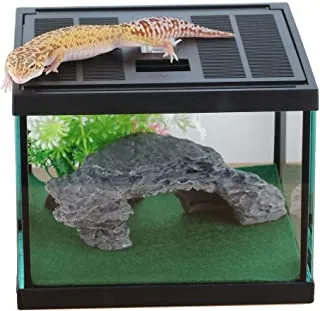
The enclosure directly impacts the tarantula’s physical health, including its ability to molt successfully and avoid dehydration. It also influences its psychological well-being. A poorly designed enclosure can lead to stress, which weakens the immune system and makes the tarantula more susceptible to illness. Providing adequate space, hiding places, and appropriate humidity levels contributes significantly to the spider’s overall health and happiness. By creating an environment that replicates the conditions of their natural habitat, you’re giving your tarantula the best chance to live a long and healthy life.
Factors to Consider Before Buying
Before choosing an enclosure, several factors must be considered to ensure it meets the specific needs of your tarantula species. It’s important to think about the size and temperament of your tarantula, alongside ventilation requirements and how easily it can maintain the right humidity levels. Careful consideration of these elements helps narrow down the best options and ensures the enclosure is suitable for your specific spider, promoting its health and longevity.
Tarantula Species and Size
Different tarantula species have different needs in terms of space. Terrestrial species require more floor space, while arboreal species benefit from height for climbing. Consider the adult size of your tarantula when selecting an enclosure. A juvenile tarantula will start in a smaller enclosure, but be prepared to upgrade as it grows. Providing too much space for a small tarantula can be just as stressful as not having enough space, making it harder for them to find food and feel secure.
Ventilation Requirements
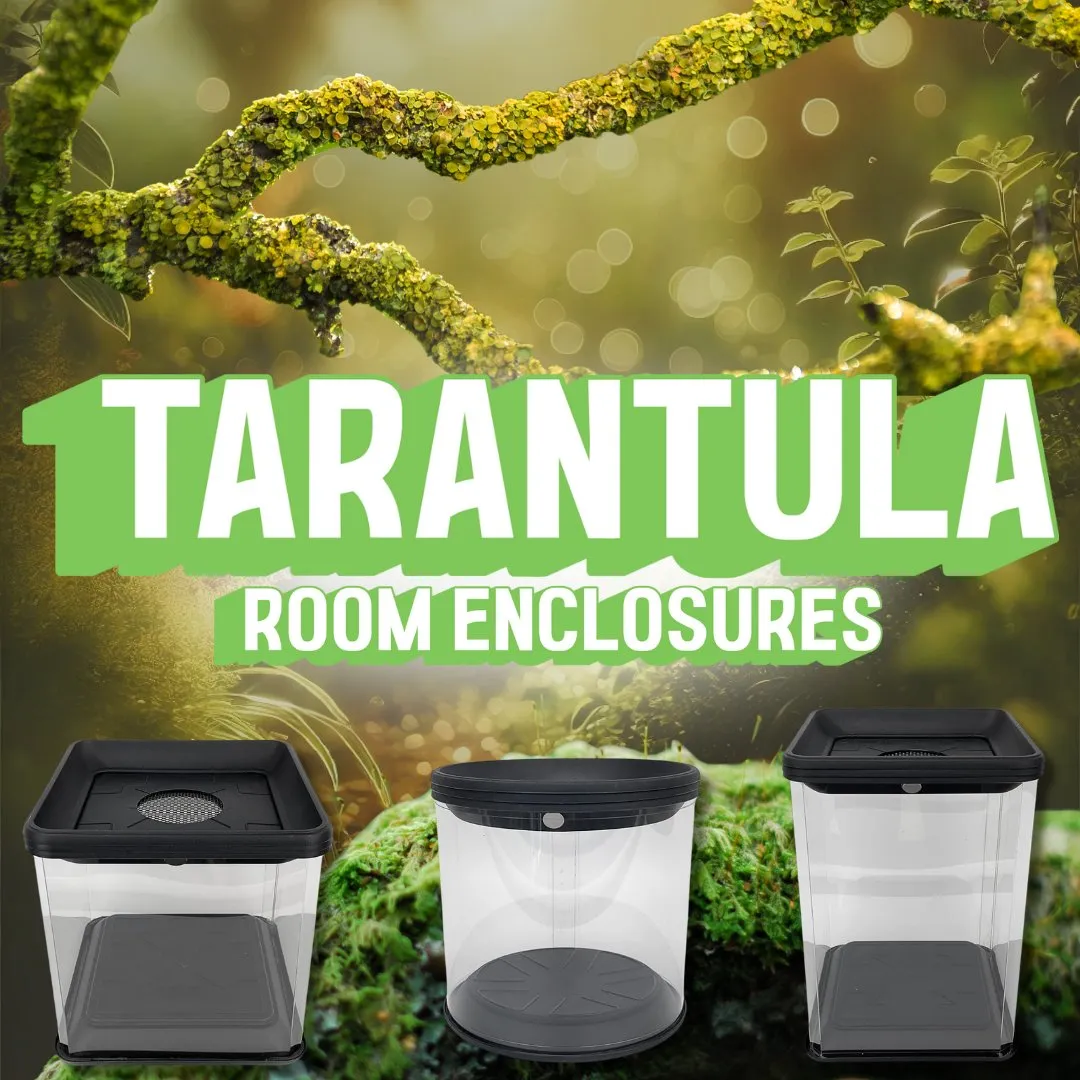
Adequate ventilation is essential to prevent the buildup of mold and bacteria, and to ensure proper airflow. Most tarantulas need cross-ventilation, meaning air can enter and exit from opposite sides of the enclosure. This is generally achieved through mesh tops or strategically placed ventilation holes. Insufficient ventilation can lead to respiratory issues for the tarantula. It also increases the likelihood of fungal infections, which is fatal to these creatures. Assess the ventilation design before purchasing to confirm your tarantula gets adequate airflow.
Humidity Control
Humidity is another critical factor, as many tarantulas require specific humidity levels to thrive. Some species require humid environments, while others prefer drier conditions. The enclosure’s design must facilitate easy monitoring and control of humidity. This can be achieved through substrate selection, misting, and ventilation. Too much or too little humidity can cause molting problems and other health issues. Consider how the enclosure allows you to monitor and manage the humidity level to suit your tarantula’s specific needs.
Top 5 Tarantula Enclosures Reviewed
Now, let’s look at some of the most popular types of enclosures, discussing their benefits and drawbacks. We will delve into the features of different enclosure materials, from glass to acrylic, and plastic. This overview will help you make an informed decision based on your needs and preferences.
Glass Enclosures
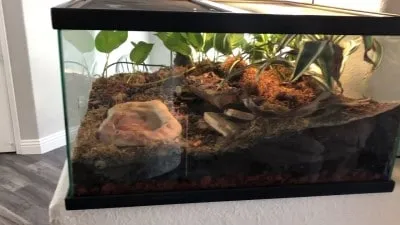
Glass enclosures are popular among tarantula keepers due to their excellent visibility. They provide a clear view of your tarantula, making it easy to observe its behavior and admire its beauty. Glass is also a relatively inert material, meaning it won’t react with the substrate or decorations. Glass enclosures are available in various sizes and styles, making it suitable for different tarantula species. Many come with sliding or hinged lids to provide easy access for maintenance.
Pros and Cons of Glass Enclosures
The main advantage of glass enclosures is their superior visibility. Glass is also easy to clean and sanitize. However, glass is heavier than other materials, making it less convenient to move. It can also be more expensive. Another concern is the risk of breakage, as glass is fragile and can crack or shatter if dropped. The lids of some glass enclosures may not provide adequate ventilation, so it is important to carefully select the type of enclosure and provide proper ventilation.
Acrylic Enclosures
Acrylic enclosures are another excellent option for tarantulas. They offer many of the same benefits as glass enclosures, including excellent visibility. Acrylic is also lightweight, which makes it easier to move and transport. These enclosures are often more durable than glass, reducing the risk of cracks or breaks. They come in a wide range of sizes and can be customized with various features, such as built-in ventilation and secure lids.
Advantages of Acrylic Enclosures
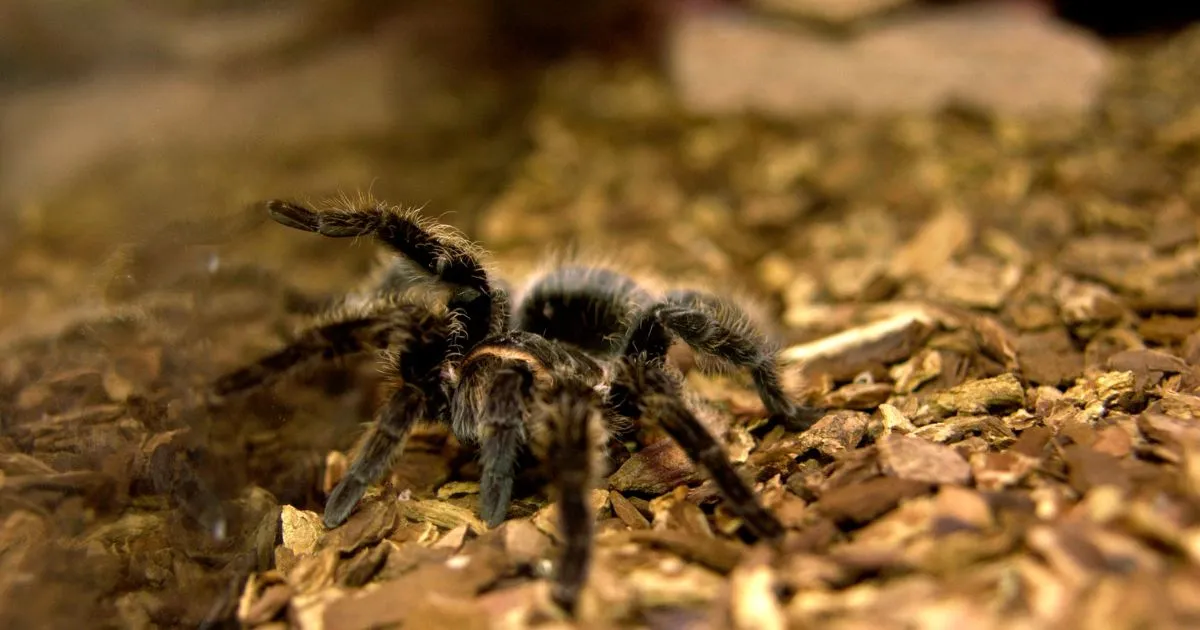
Acrylic enclosures are known for their superior clarity and excellent insulation properties, helping to maintain stable temperatures. They are also more resistant to shattering compared to glass, making them a safer choice. Their lightweight design makes them easy to handle. Acrylic also tends to be less prone to condensation than glass, offering a clearer view of your tarantula’s habitat.
Disadvantages of Acrylic Enclosures
Acrylic enclosures can be more expensive than glass or plastic. They can also scratch easily, which can affect visibility over time. Another disadvantage is that some acrylic enclosures may not provide sufficient ventilation if not properly designed, so be sure to choose one with adequate airflow. While acrylic is durable, it can also warp or bend under extreme temperatures or direct sunlight.
Plastic Enclosures
Plastic enclosures provide a budget-friendly option. They are lightweight and durable, making them easy to handle and less prone to breakage than glass. Plastic enclosures come in various sizes and styles, including tubs, containers, and specially designed habitats. They often include features like built-in ventilation and secure lids to ensure a safe and comfortable environment for your tarantula. They are easily accessible, making them a good choice for beginners and experienced keepers.
Features of Plastic Enclosures
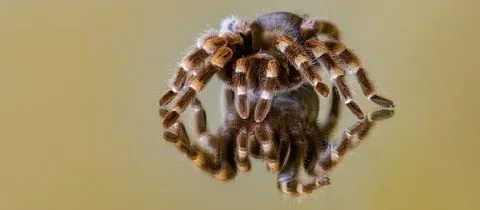
Plastic enclosures are typically the most affordable option, making them ideal for beginners. They are lightweight, durable, and easy to clean, offering significant convenience. Many models include integrated ventilation systems and secure lids to maintain optimal environmental conditions. Plastic enclosures also offer a wide range of sizes and designs, making it easy to find a suitable habitat for different tarantula species.
Mesh Enclosures
Mesh enclosures are typically made of screen or mesh material. They provide excellent ventilation, making them a great choice for species that prefer drier environments. Mesh enclosures are lightweight and often more affordable than other types of enclosures. These enclosures allow for ample airflow, which can help reduce humidity levels and prevent the growth of mold. They also allow for great visibility.
Suitability and Maintenance of Mesh Enclosures
Mesh enclosures are best suited for tarantulas that thrive in drier environments, as they provide excellent ventilation and airflow. However, they require careful maintenance to ensure proper humidity levels. Regular misting is generally necessary to provide humidity to the enclosure. It is important to carefully monitor the enclosure to prevent it from becoming too dry. Mesh enclosures can be more difficult to clean due to the mesh material, which can trap debris and require careful scrubbing. Choose one with a fine mesh to prevent the tarantula from escaping and for adequate safety.
DIY Enclosures
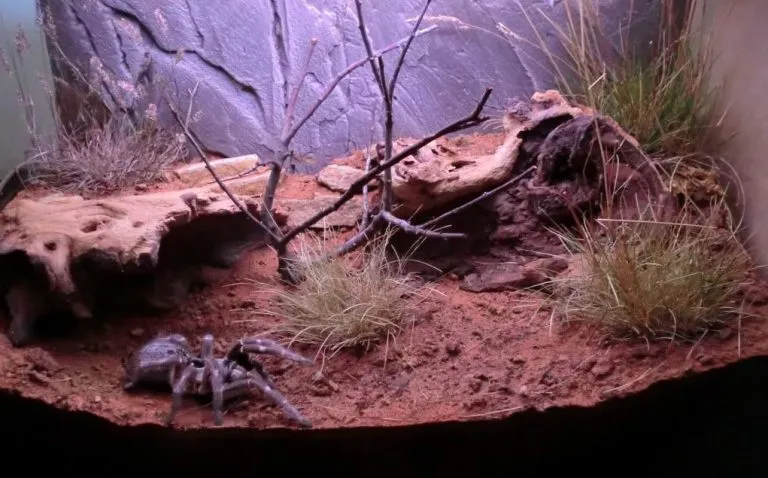
Building your own enclosure offers the ultimate customization, allowing you to tailor the habitat precisely to your tarantula’s needs and your personal preferences. You can use various materials, such as wood, acrylic, or even repurposed containers. Building your own enclosure can be a cost-effective option. You can choose the exact dimensions, ventilation, and design elements that suit your tarantula’s needs.
Building Your Own Enclosure
When building your own enclosure, it is important to prioritize safety and functionality. You’ll need to select materials that are non-toxic and easy to clean. Ensure that the enclosure is well-ventilated and provides a secure lid to prevent escapes. Consider adding features like a false bottom for drainage and appropriate hiding places. Research your tarantula’s specific environmental requirements, then design your enclosure to meet its needs.
Essential Accessories for Enclosures
Beyond the enclosure itself, several accessories are essential for providing a comfortable and enriching environment for your tarantula. These accessories play a vital role in replicating the spider’s natural habitat, ensuring its health and well-being. Selecting the correct accessories is essential for the overall safety and comfort of the spider.
Substrate Selection and its importance
The substrate is the foundation of your tarantula’s habitat, providing a surface for it to walk on, burrow in, and regulate humidity. The substrate should be non-toxic, and it should retain moisture while allowing for proper drainage. Popular substrate options include coconut fiber, peat moss, and a mixture of vermiculite and soil. The choice of substrate depends on the tarantula species and its specific needs. The depth of the substrate should be appropriate for the species, allowing for burrowing if applicable.
Water and Feeding Dishes
Providing fresh water is essential for your tarantula’s health. A shallow water dish should always be available, ensuring the tarantula can drink without risking drowning. Feeding dishes are also useful, as they can help contain food and prevent uneaten prey from hiding. Choose dishes that are easy to clean and cannot be easily tipped over. Regularly clean these dishes to prevent the growth of bacteria and maintain a healthy environment.
Decorations and Hiding Places
Tarantulas are naturally reclusive creatures, so providing hiding places is crucial for their well-being. These can be made from various materials, such as cork bark, artificial plants, or even half of a terracotta pot. Decorations add visual interest and provide enrichment, encouraging natural behaviors. Ensure that all decorations are safe, non-toxic, and do not have any sharp edges. Arrange the decorations to provide the tarantula with security, and to create a natural-looking habitat.
Best Practices for Tarantula Enclosure Setup
Setting up the enclosure correctly is essential to provide your tarantula with the optimal environment. Several steps should be followed to ensure your tarantula’s new home is safe and comfortable, along with easy maintenance. Following these best practices can significantly contribute to the health and longevity of your pet.
Placement of the Enclosure
The enclosure’s location is just as important as the enclosure itself. Choose a spot away from direct sunlight, drafts, and excessive noise. Avoid placing the enclosure near windows or heat sources, as temperature fluctuations can be harmful. Ensure the enclosure is accessible for regular observation and maintenance. Keep the enclosure off the floor, where it is exposed to temperature variations, and potential hazards from other pets or children.
Maintaining Optimal Conditions
Regular monitoring of temperature and humidity is crucial. Use a thermometer and hygrometer to track these levels and make adjustments as needed. Misting the enclosure or adding water to the substrate can increase humidity. Ventilation can be adjusted to control airflow and maintain proper humidity. Ensure the correct temperature and humidity, following the specific needs of your tarantula species. Providing the proper environment encourages proper eating and growth.
Regular Cleaning and Maintenance
Regular cleaning and maintenance are necessary to keep the enclosure clean and healthy. Remove any uneaten food, molts, and waste regularly. Spot clean the substrate as needed, and replace it entirely every few months, depending on the species. Clean water and feeding dishes regularly. Inspect the enclosure for any signs of mold or other issues. Maintaining a clean enclosure prevents the spread of bacteria and parasites, and contributes to the overall well-being of your tarantula.
Conclusion The Best Enclosure
Selecting the right enclosure is a vital step for any tarantula owner. The best enclosure is one that provides safety, security, and the proper environmental conditions for your tarantula to thrive. When making your decision, consider factors like species, size, ventilation, and humidity. Whether you choose a glass, acrylic, or plastic enclosure, or you decide to build your own, make sure it meets the needs of your specific tarantula. By following these guidelines, you can create a thriving and healthy habitat, ensuring your tarantula enjoys a long and happy life.
